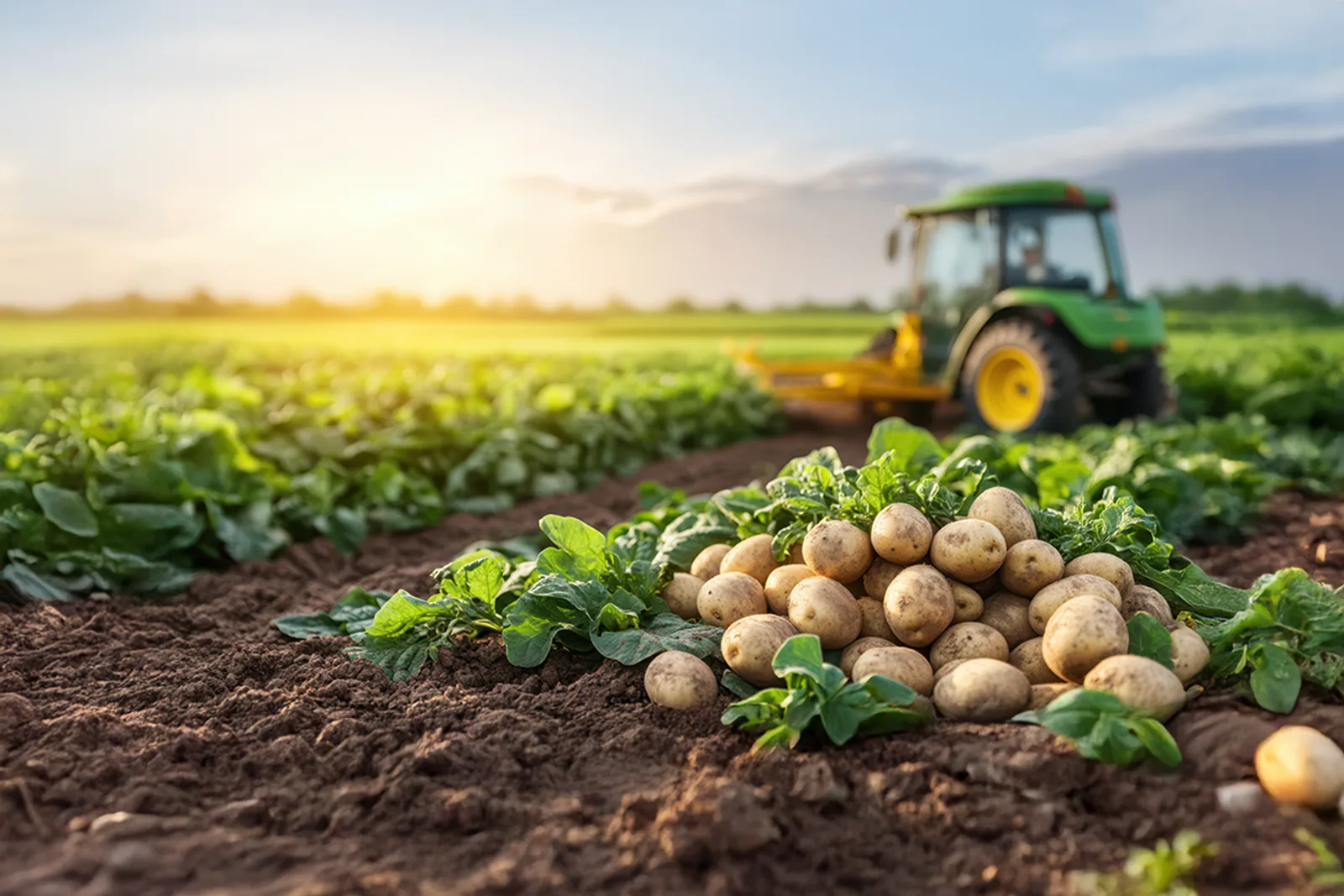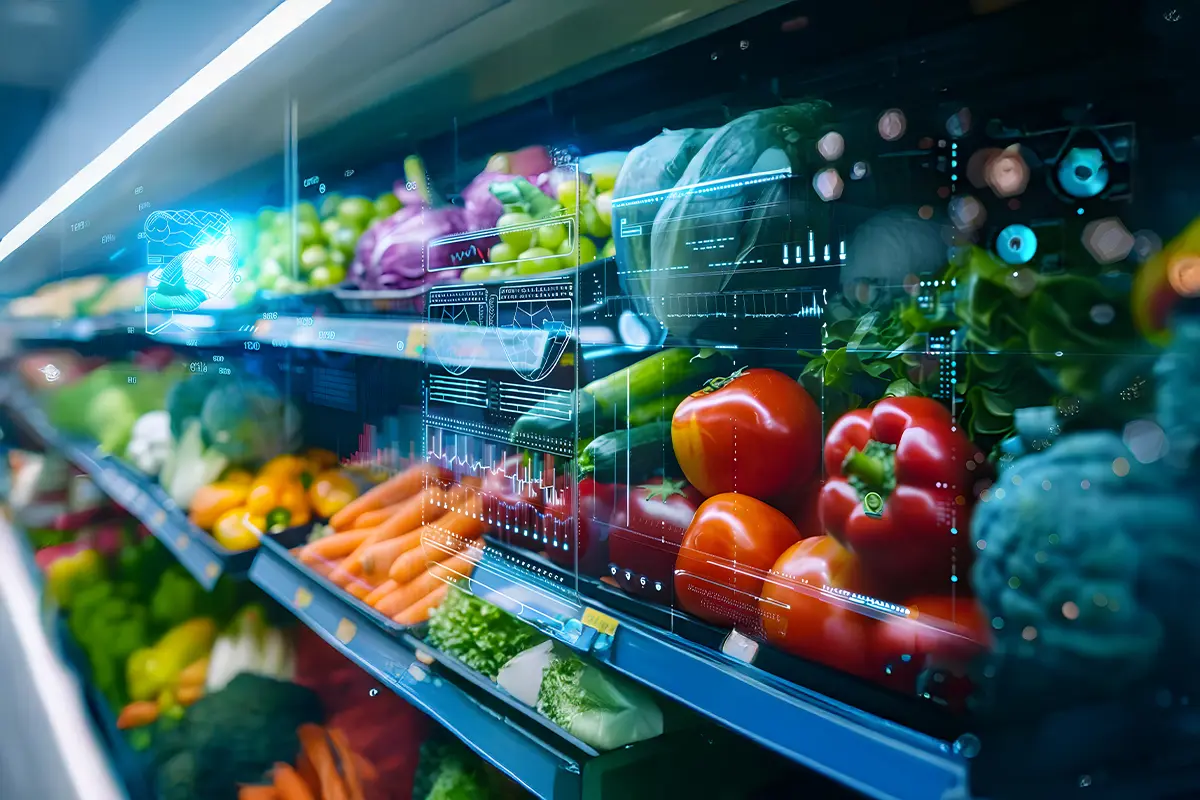Plants absorb atmospheric carbon dioxide to produce food. They also convert the gas into a stable, solid form of carbon and store it in the soil through direct or indirect fixation. Unlike carbon farming practices that emphasize keeping the carbon in the ground for long periods, several conventional agriculture practices, such as unscientific plowing and tractors, tilling, overgrazing, etc. Using these techniques and applying fossil-fuel-based agrochemicals results in the release of this carbon into the atmosphere rather than capturing it. For carbon farming to be effective, the carbon gains from the conservation and/or land management practices need to exceed the carbon losses.
What is the need for carbon farming?

Offsets carbon emissions and reduces the volume of greenhouse gases (GHG) that agriculture releases into the atmosphere

Results in improved soil health by increasing soil fertility, reducing soil salinity, and boosting microbial activity and soil biodiversity

Minimizes soil erosion and nutrient runoff while also purifying surface and groundwater

Has the immense potential to reverse climate change effects when implemented on a large scale

Improves crop yields as well as native vegetation, habitat, and animal health

Provides financial incentives to farmers in the form of carbon credits
Carbon farming practices are prevalent in regenerative agriculture, permaculture, organic farming, and other food production methods. Examples of effective and practical farming methods include:
Using the residual biomass after harvest as organic to cover the soil, instead of burning it
Organic mulching offers several benefits, including regulating soil temperature, increasing soil nutrients, restricting the rate of evaporation to retain soil moisture, suppressing weed growth, controlling erosion, and improving overall soil health.
Replacing conventional tillage practices with conservation tillage, i.e., reduced/no-till
Tilling loosens and aerates the soil and raises the organic content or carbon to the surface, promoting crop growth. When the trapped carbon is released in massive amounts, it reacts with the oxygen in the atmosphere to produce carbon dioxide.
Cultivating cover crops during the off-season instead of leaving the croplands bare
Cover crops prevent soil erosion, regulate moisture, suppress soil diseases, pests, and weed growth, and attract pollinators. Additionally, they serve as mulch and a source of organic matter and can be used for grazing or as fodder for livestock. Depending on crop type, some of them can contribute to nitrogen uptake.
Alternating monocultures with high-diversity crop rotations and integrated farming practices
Incorporating those crops into cycles that return higher volumes of residue to the soil contributes to higher soil organic carbon stock. Increased organic matter ensures healthy, biologically active soil with fewer problems concerning crop fertility, pests, or diseases. Crop rotations also enable farmers to earn an additional income.
Substituting intensive application of chemical fertilizers with integrated nutrient management and precision farming
Indiscriminate use of fertilizers results in excess nitrogen in the soil, which leads to soil acidification and salinization, and water pollution due to fertilizer runoffs. While precision agriculture allows farmers to target specific areas instead of blanket spraying, carbon farming practices revitalize soil naturally and reduce the need for synthetic products.
Integrating trees into agriculture through cropland agroforestry
Agroforestry, when properly practiced, offers several benefits. The carbon sequestration rate is at least five times higher than the per-hectare rates of enhanced annual cropping practices without trees. It allows farmers to produce more food on the available land and derive an additional income. Also, nitrogen-fixing plants can improve fertility without the need for synthetic fertilizer.
Reintroducing livestock into crop production for nutrient cycling
Protecting carbon-rich soils that act as natural carbon sinks
Rotating livestock periodically through pastures and a series of small paddocks
Managed rotational grazing allows grasslands to rest and recover while the animals’ grazing patterns and the natural manure distribution help regenerate carbon in soils. The organic matter that the herds trample into the ground also enriches the soil’s carbon content. Further, grazing brings down the economic cost of feeding the animals.
Using compost to restore soil fertility and increase grassland carbon storage
How does technology aid this process of carbon farming?
Agriculture is one of the leading contributors as well as victims of climate change. According to a recent Cornell University study, the farming productivity has dropped 21% since the 1960s due to climate change despite several significant advancements in science and technology. If this disastrous trend were to continue, it would become impossible to produce enough to sustain our planet’s growing population.
For this reason, governments, policymakers, and global organizations are setting targets and pathways to achieve carbon neutrality by the mid-21st century. Given this backdrop, the agroecosystem must adopt emerging technologies to tackle climate change threats actively and improve climate resilience.
Agriculture technology of the modern era, such as Cropin’s, is optimizing food systems by enabling stakeholders to collect and analyze billions of datasets at every crop production and distribution point. Cropin’s cloud-based platform relentlessly aggregates data from satellites, drones, soil sensors, and other IoT devices to identify even the slightest change in crop growing conditions.
With accurate and near-real-time intelligence, growers can make well-informed decisions regarding the soil health, crop and variety to cultivate, the type of fertilizers, pesticides, or other treatments required, irrigation management, crop rotation schedules, and other regenerative agriculture practices to follow. The insights also help them maximize profits and reduce waste.
Technological innovations and carbon farming
While agriculture contributes significantly to GHG emissions, it is also a viable approach to control and even lower these emissions. A recent IPCC report estimates that croplands and grasslands have the highest potential for carbon dioxide removal and can sequester 0.4 to 8.6 gigatonnes of carbon dioxide per year, accounting for about 20% of current greenhouse gas emissions. Agricultural land covers nearly 38% (five billion hectares) of the global land surface, which provides ample opportunities to achieve a carbon-zero future within the next few decades.








